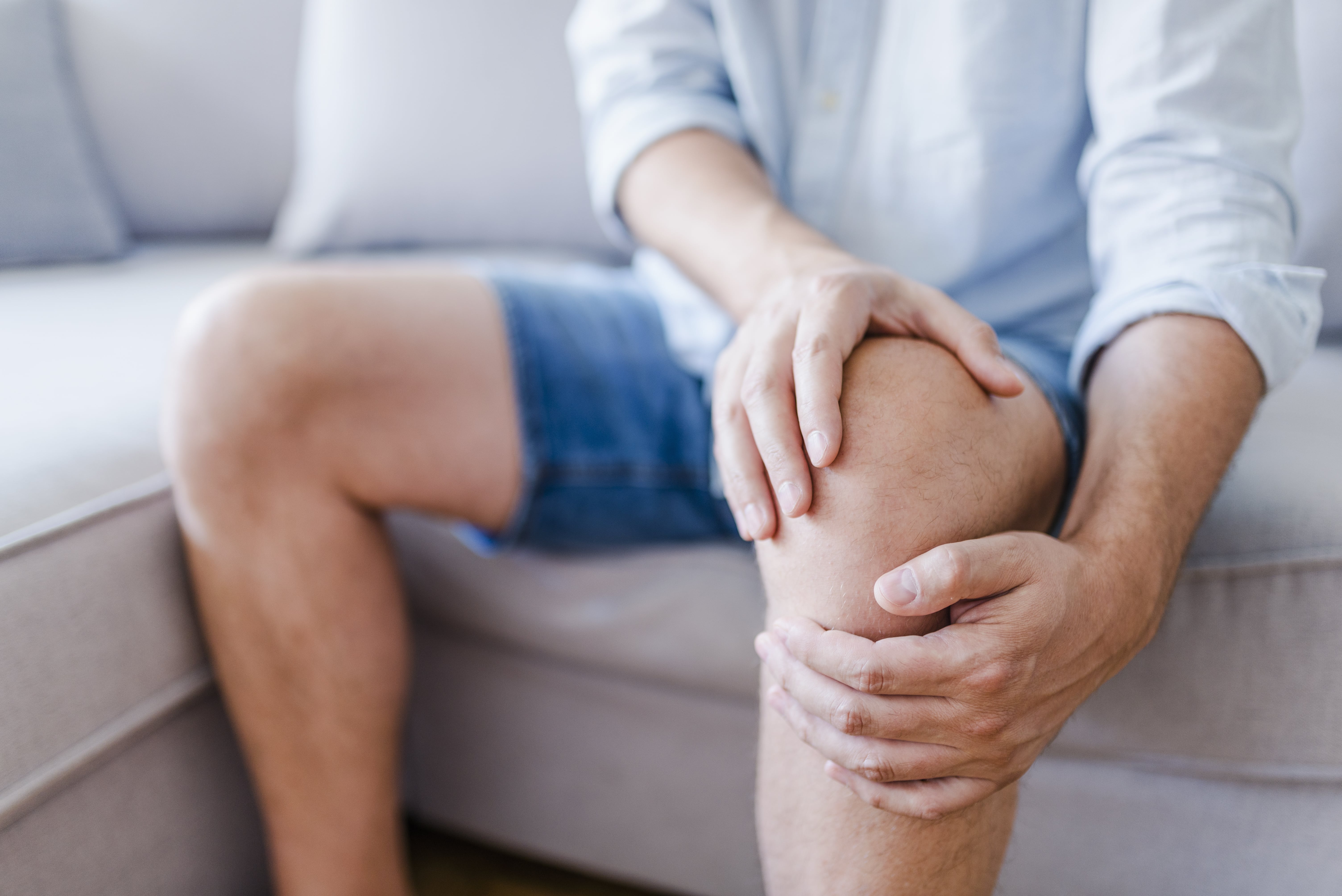What are MSK disorders?
—

What are MSK disorders?
What constitutes an MSK disorder?
Musculoskeletal (MSK) conditions affect the muscles, bones and joints, and usually manifest themselves as pain – chronic or acute – and issues with movement.
Common MSK disorders include short-term conditions (such as bone fractures, strains and tendonitis) and long-term conditions (such as arthritis, osteoporosis, leukaemia, carpal tunnel syndrome, neck and back problems). These are often linked to fatigue, depression and anxiety, in addition to the aforementioned pain and mobility issues.
The parts of the body most likely to be affected by MSK disorders are:
- Lower back
- Shoulders, forearms, wrists, hands, neck
- Hips, legs, knees, ankles, feet
Why they are a cause for concern
- 1 in 4 people in the UK suffer from an MSK disorder, so the chances of knowing someone or being directly afflicted are high
- They are the leading cause of disability worldwide, with over 200 different types of MSK disorders affecting 9.6 million people in the UK, including 12,000 children
- They cost the NHS £4.76 billion annually – funded by taxpayers’ money
- MSK conditions inflict the loss of 10.8 million working days per year in the UK, contributing substantially to economic loss
- Over 25% of surgeries in the UK are MSK disorder related, and 30% of people in the UK visit their GP every year regarding these issues, leading to countless hours of consultation time
Source:"NHS 2020, Musculoskeletal conditions, NHS, viewed 18 December 2020"
Risk factors
The main culprits leading to MSK-related problems are:
- physical factors (also known as biomechanical risk factors), including job hazards (e.g. vibrations from hand tools or machinery, machine-paced work and poor workstation design) and posture-related risks (e.g. lifting and/or moving people, carrying heavy loads and so on)
- organisational (mainly related to the way the work is designed, organised and managed) and psychosocial factors (such as anxiety, stress and heavy mental load)
- individual and sociodemographic risk factors (e.g. age and gender, professional status and level of education)
These disorders are on the rise predominantly due to the climbing rates of obesity, diabetes, sedentary lifestyle choices and the ageing population, although the full scale is difficult to determine due to a lack of widespread health surveillance systems. Whilst the disorders can affect all age groups, from children and adolescents all the way through to the elderly, the risk of developing them increases with age. The risk also increases with physical inactivity and excess weight.
Additionally, one of the main reasons why MSK disorders are the strongest contributor to morbidity is due to the fact that they are not commonly fatal, meaning that people can live with them for years. The presence of any long-term health condition, however, correlates with a reduction in quality of life, from less freedom of physical movements such as tending to children or the physical act of taking medication, to having a negative impact on mental health and self-esteem.
What can be done to overcome this health burden?
Currently, the diagnosis for MSK disorders comes in the form of subjective verbal symptom reporting from patients being asked to ‘rate their pain level’ and frequency. This is where digital healthcare – is of paramount importance. By using a diagnostic tool, such as HexOrthopaed, to accurately monitor symptoms and gathering quantitative data that can be analysed, this will give clinicians more insight into how an MSK disorder affects a patient and the Quality of Movement for a patient. It then enables them to monitor patients during their treatment and consequently, the patients can receive tailored care specific to them and their needs. Personalised treatment plans are required, as everyone will experience different symptoms of varying degrees and have different lifestyles and requirements.
The need for addressing impairments in musculoskeletal health through rehabilitation and remote monitoring is crucial. People with MSK disorders can usually make a full recovery if the problem is spotted early enough and treated appropriately. The key is also acting preventatively, i.e. ensuring good posture at work, including working from home, and not waiting for pain and symptoms to develop if it can be avoided.
Care, private and public health systems must work together and use the opportunities we now have to hand to improve people’s health and wellbeing, leading to a healthier and more prosperous global society.
